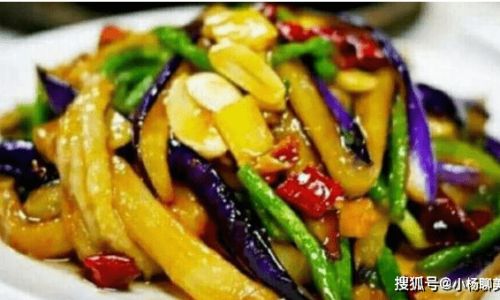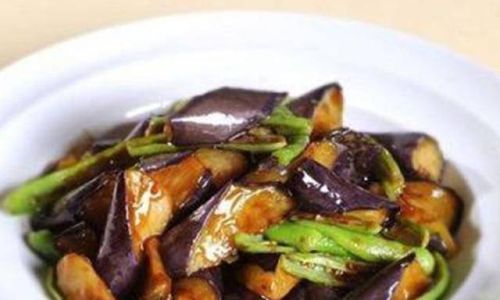In the heart of kitchens across cultures and centuries, the primal dance of fire and food has always been a sacred ritual. The phrase “大火滚香满屋”—though rooted in Chinese culinary tradition—resonates universally as a testament to the magic that unfolds when heat, spices, and human ingenuity collide. To “simmer with vigor until fragrance permeates every corner” is not merely a cooking technique; it is an art form, a bridge between past and present, and a love letter to the senses. This essay explores the science, culture, and emotion woven into this age-old practice, revealing how a single flame can transform a humble kitchen into a sanctuary of memory and belonging.
I. The Science of Aroma: Fire as a Catalyst
At its core, the process of simmering over intense heat is a masterclass in molecular alchemy. When ingredients like star anise, cinnamon, ginger, or garlic meet searing temperatures, their volatile compounds undergo rapid chemical reactions. The Maillard reaction—that golden browning of proteins and sugars—releases hundreds of aroma molecules, while caramelization adds depth through the breakdown of carbohydrates. But it is the simmer that elevates this chaos into harmony. A rolling boil ensures even heat distribution, breaking down tough fibers in meats and roots, while allowing spices to mingle and marry. The result? A symphony of scents: pungent garlic softening into sweetness, chili oils releasing their fiery essence, and herbs like bay leaves or thyme infusing the air with earthy undertones.
Scientists have identified that humans can detect over one trillion distinct smells, a evolutionary gift designed to help us identify safety (freshly baked bread) or danger (smoke). Yet the aroma of a simmering pot transcends mere survival—it taps into the limbic system, the brain’s emotional core. A whiff of cinnamon-spiced broth might transport a grandchild to their grandmother’s kitchen, while the sizzle of ginger in oil could evoke a childhood street market in Hanoi. Fire, in this context, becomes a time machine.
II. Cultural Anthropology of the Simmering Pot
Across continents, the act of “filling the house with fragrance” carries profound cultural weight. In China’s Sichuan province, huo guo (hot pot) is not just a meal but a communal experience, where chili-laden broths bubble fiercely to ward off damp winters. In Morocco, the tajine’s conical lid traps steam and spices, creating a microclimate of saffron-scented tenderness. Even in modern Scandinavia, the concept of hygge often revolves around the slow-cooked aromas of cinnamon buns or cardamom-spiced glögg.

These traditions are not accidental. Before refrigeration, simmering was a survival strategy—preserving meats through long, moist-heat cooking while neutralizing toxins. Yet it evolved into a language of hospitality. A Persian proverb states, “The guest who arrives unannounced is from God, but the host who cannot feed them is not.” The act of tending a simmering pot became a silent promise: “You are safe here. You will not go hungry.”
III. The Kitchen as Sanctuary: Aroma and Emotional Memory
Neuroscientists have long studied the link between smell and memory. Unlike sight or sound, olfactory signals bypass the thalamus and head straight to the amygdala and hippocampus—regions tied to emotion and recollection. This explains why the scent of simmering tomatoes might instantly recall a summer in Naples, or why the crackle of sizzling bacon feels like a Sunday morning hug.
For many, the kitchen is the first and last classroom of life. A mother teaching her daughter to “listen to the oil” before adding garlic—a cue that the pan is hot enough to release flavor without burning. A father showing his son how to skim foam from a simmering bone broth, explaining that patience, not force, yields clarity. These lessons are not just culinary; they are philosophies. The act of tending a flame becomes an exercise in mindfulness—a meditation on presence, adaptation, and the beauty of slow transformation.

IV. Modern Revival: From Nostalgia to Innovation
In an era of instant ramen and microwave meals, the ritual of simmering faces extinction. Yet a counter-revolution is brewing. Social media platforms like TikTok and Instagram have birthed trends like #SlowCookerMagic and #AromaTherapyKitchen, where Gen-Z chefs reinterpret ancestral techniques. A 2023 survey by Food Trends Magazine reported a 300% increase in sales of Dutch ovens and clay pots among urban millennials, driven by a desire to “reclaim time” and “heal through smell.”
Restaurants too are embracing the trend. Michelin-starred establishments now feature “smell menus” where diners choose their meal’s aromatic profile before tasting. Meanwhile, aromatherapy companies are collaborating with chefs to create scented candles mimicking simmering potpourri—a bizarre yet telling fusion of gastronomy and wellness.
V. The Fire’s Shadow: Risk and Reward
Yet the allure of “大火滚香” carries risks. In 2022, a study by the National Fire Protection Association linked 42% of home cooking fires to unattended simmering pots. The same intense heat that unlocks flavor can also ignite curtains or oil splatters. Balancing ambition with vigilance becomes crucial—a metaphor for life itself.

Moreover, the environmental cost of simmering for hours cannot be ignored. Gas stoves emit nitrogen dioxide, a pollutant linked to respiratory issues, while electric induction cookers, though safer, lack the same “soulful” flame. Innovators now explore solar-powered simmering pots and low-energy slow cookers, seeking harmony between tradition and sustainability.
VI. The Future of Fragrance: Virtual and Beyond
As technology advances, the line between physical and digital aroma grows blurrier. Japanese startup Aroma-Bit has developed scent-emitting devices that sync with streaming services—imagine watching Ratatouille while your living room fills with the scent of simmering ratatouille. Yet critics argue that such inventions risk trivializing the sacredness of smell. “You can’t VR your way to a grandmother’s kitchen,” warns chef and author Samin Nosrat. “Aroma is about shared humanity, not algorithms.”
Conclusion: The Flame That Unites
In a world fragmented by screens and borders, the act of simmering remains a universal constant. It is a rebellion against instant gratification, a homage to ancestors who turned scarcity into sustenance, and a testament to the human capacity to find beauty in slow transformation. The next time you light a stove and hear the sizzle of ginger in hot oil, pause. Inhale deeply. You are not just cooking—you are weaving your own thread into the tapestry of civilization, one fragrant breath at a time.

As the Chinese philosopher Laozi once wrote, “The flame that burns twice as bright burns half as long.” Yet in the kitchen, the flame that burns with intention burns eternal, filling homes not just with aroma, but with stories, love, and the quiet promise of tomorrow’s meal.




0 comments